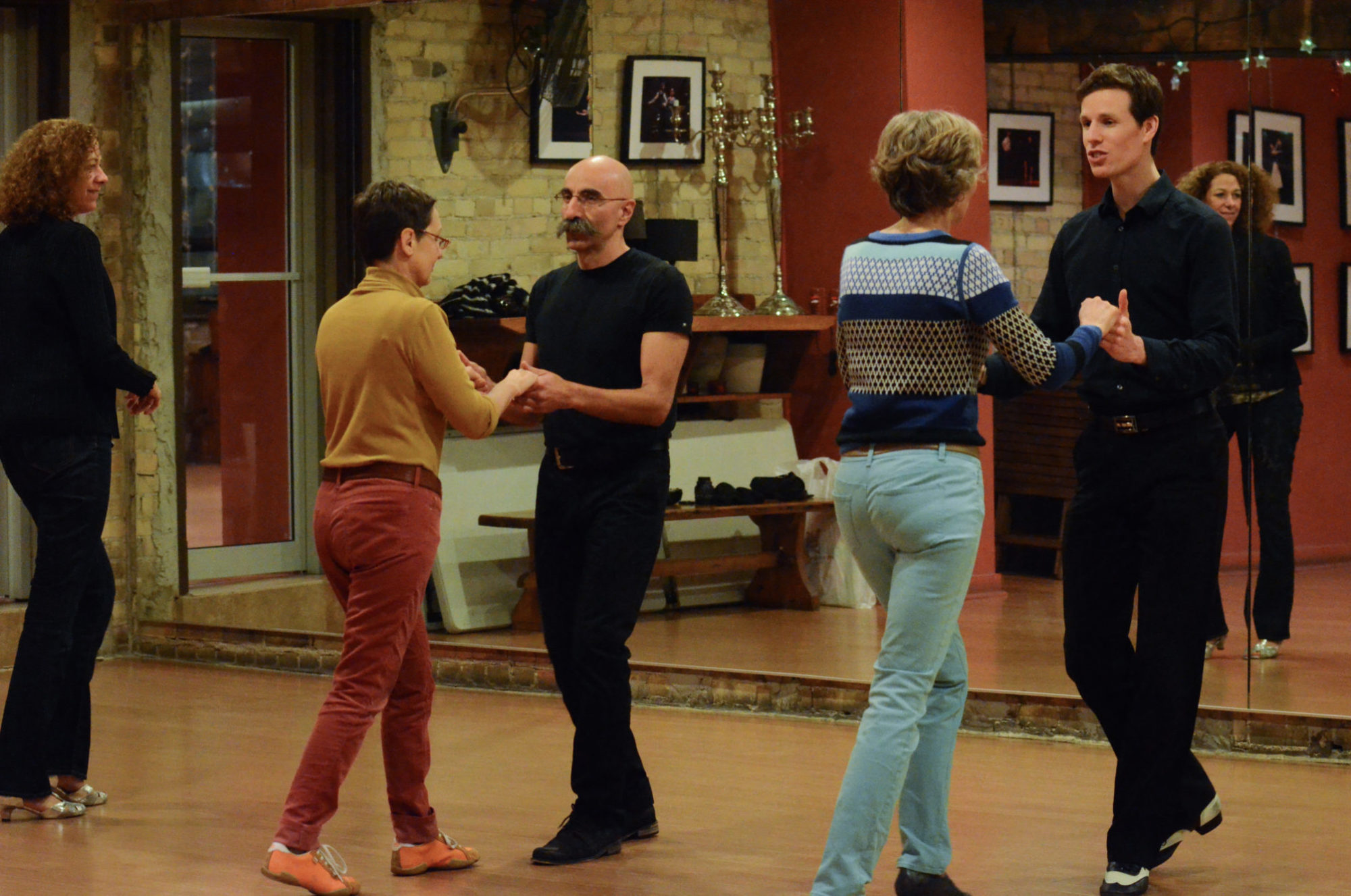Ballroom dance classes are offered at several dance studios at an affordable cost. Those who want to learn social dancing need lessons to learn all the right moves. With a bit of coaching, you can develop a good style and move gracefully across the floor.
Ballroom dancing not only helps you with socialization and gaining more popularity. It also helps improve your overall health while having a lot of fun. Here are seven health benefits of dancing:
It Is Good for The Heart and Lungs:
The physical movements you make while dancing greatly improve the condition of your heart and lungs. The muscles of the heart become stronger and the lungs are able to provide the body more oxygen. The activity lowers your risk for many diseases, such as coronary heart disease (CHD), diabetes, and cancer. It is a form of exercise that all of us need to take up. When one dances regularly, it strengthens the body muscles. The heart's ability to pump blood to the lungs and throughout the body is enhanced. As more blood flows to the muscles, the oxygen levels in the blood rise. The tiny blood vessels also widen up with dancing and can carry more oxygen to other vessels.
It Enhances Muscular Strength, Endurance, And Motor Fitness:
Instead of lifting weights or jogging, one can dance for half hour a day and get the same results. Dancing improves the motor skill and requires learning. With practice and experience, a person’s capability for producing a motor skill is greatly improved. The changes are everlasting and are linked with the repetition of motor skills. Motor learning allows one to discover classy skills that are not acquired in the course of usual human motor development. Pirouettes, large jumps, and balances are skills that are acquired only through dance lessons and improve the quality of performance. Learn to move with the music with smoothness, coordination, and accuracy.
It Boosts Aerobic Fitness:
Maintaining aerobic fitness throughout your life helps in old age. The study of the relationship between aerobic fitness and cognition dates back several decades to the pioneering research of Spirduso and her colleagues. In a classic study in 1978, Spirduso and Clifford compared young and old sportsmen, runners, and sedentary individuals on simple choice and movement-based time tasks. The performance of older athletes was a lot better than those who were not athletic at all. Those who dance will not suffer from senile deterioration and will go through their life in a mentally and physically fit way. Dancing is known to enhance the cognitive vitality of older adults.
Dancing Enhances Muscle Tone and Strength:
Dancing is great for the muscles in your legs and glutes. Some forms of dance work up the muscles of the hips, the lower back and the abdomen. While other forms of dance work up the arms and the upper body. Dancers never have back pains as all their back muscles keep in good form. The flexibility allows them to bend and pick up weights without any risk of injury. Dancers are also stronger due to their well-toned muscles. They have the ideal body weight and very good blood circulation.
It Lets You Manage Weight:
With all the physical activity of dancing one sweat a lot. When all the flab is lost one gains a lean figure which makes them appear more attractive. You can shed off excess weight if you dance every day for 30 minutes. If you are trying to slim down, the best thing to do is dance regularly and to change your diet to include more juices, fruits, and veggies.
You Can Have Stronger Bones and A Lower Risk of Osteoporosis:
With good muscular health and more blood circulating throughout your body you will have the stronger bones. The key to good health is exercise and a good diet. You can use dancing as a form of exercise. It maximizes peak bone mass that reduces the risk of osteoporotic fracture in later life. Even if you fall when you get old your bones will not fracture. Dancing will help you accrue significantly more bone mineral during the teenage years as you are still growing up. If you have teenage kids, do send them for dancing lessons so they will get into a habit of dancing.
Better Mind and Body Coordination:
One can gain better reflexes when the mind coordinates with the body well. You will feel more agile and sharp when you dance regularly. Your body will be able to flex better and there will be no more strained muscles or aches and pains after walking or jogging for long distances.
Ballroom dance classes offer a whole-body workout in a fun environment. It is good for the heart, body, and soul. You will feel a lot happier after the dance sessions. It also makes you look graceful and popular. Make new friends and enjoy your time at parties and clubs.
Author bio:
Elsa Queen was born in Texas and studied Graphic Design. She likes to research and write on topics related to dance, exercise, and nutrition. She is currently blogging on Dance Passion Studio.
